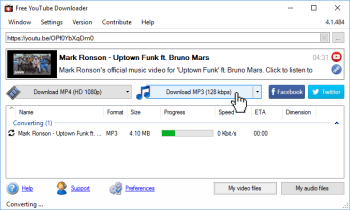
- ALADDIN HASP SRM RUNTIME ENVIRONMENT INSTALLER UPDATE
- ALADDIN HASP SRM RUNTIME ENVIRONMENT INSTALLER WINDOWS 10
ALADDIN HASP SRM RUNTIME ENVIRONMENT INSTALLER WINDOWS 10
Once in Command Prompt type the following command: sfc /scannow /offbootdir=C:\ /offwindir=C:\Windows where C is the partition with the installed operating system, and C: \ Windows is the path to the Windows 10 folder. After that, go to “Troubleshooting” > “Advanced Settings” > “Command Prompt”. On the installation screen select your preferred language and then select “System Restore”. You can also boot from the installation disk or bootable USB flash drive with the Windows 10 distribution.
ALADDIN HASP SRM RUNTIME ENVIRONMENT INSTALLER UPDATE
In Windows 10, you can press Win key, select Settings > Update & security > Recovery and under Advanced Startup, click Restart now. You can get into Windows Recovery Environment from the login screen, by clicking Shutdown, then holding down the Shift key while selecting Restart. To fix these files you have to run SFC command through the command prompt in the Windows recovery environment. Keep in mind that System File Checker (SFC) cannot fix integrity errors for those system files that are currently being used by operating system. Once operation is complete you will get the message “Windows Resource Protection found corrupt files and successfully repaired them.” or “Windows Resource Protection found corrupt files but was unable to fix some of them”. It will take a while, so please be patient. Step 2: Type sfc / scannow while in Command Prompt and hit Enter.Īfter entering the command, a system check will begin.Alternatively, you can press Win + X key combination which will open the menu where you can select Command Prompt (Admin). Step 1: Start the command line as an administrator in Windows by pressing Win key on your keyboard and typing "Command Prompt" in the search field, then - right-click on the result and select Run as administrator.To execute this command, you have to run command prompt as administrator. Any and all help will be GREATLY appreciated.Many users are familiar with the sfc / scannow system file integrity check command, which automatically checks and fixes protected Windows system files.

I'm new to this so forgive me if this is a dumb question. or maybe they are giving their older machine to charity.

I do not believe my users want to be asked twice to uninstall an unimportant component (Even though they are removing my product. This project was updated from 11 to 2010 so I do not know if I missed something during it's conversion and I'm at a loss. I tried to research custom actions but 2010 does not have that option for this project. My question is thus: is there a way to emulate/fake a keypress of 'Y' when I execute this? I cannot find a flag that will allow this to run silently but I would like it to more or less run in the background w/o user interference. So when you run this either by cmdline (like we have been doing) or by double-clicking a HUGE dos window appears and asks the user (this would be the second time, since I've already implemented a Yes/No dialog to do just this) to press 'Y' to remove HASP. After a support call we were given an executable that would fully remove HASP from a user's system (aksinstdel_windows.exe). This did not fully remove the environment. During removal/uninstallation we use to run haspdinst with the remove flag ("-r"). Just to give some background here: we use the cmdline executable (haspdinst.exe).

I am trying to uninstall the HASP Run-Time Environment.


 0 kommentar(er)
0 kommentar(er)
